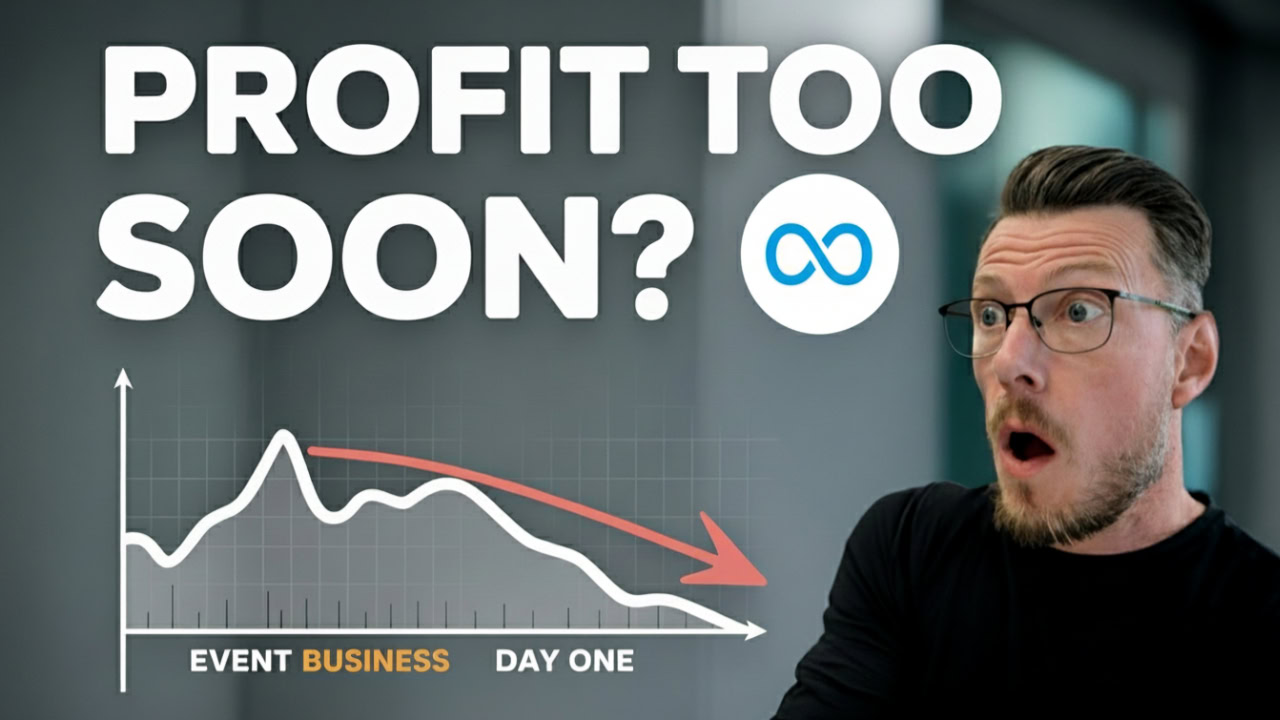Dan Charles
28/10/2019
Table of Contents
Many business owners will nod in quiet agreement when they hear the tale of a company that’s been through a website re-design. Those business owners have often been through a similar struggle. They have a website that isn’t delivering value quite as well as it should be. People around them encourage them to get a new design.
They finally take the dive, spending big money on a new look, expecting that revamped site to provide a return. Often, these expensive re-designs flop, leaving the small business frustrated and weary.
Sound familiar?
Not every company has this negative experience, though. Some get a solid return on their web design investment. For small business owners looking to ensure their re-design efforts are fruitful, here are three important things to keep in mind.
Clarifying the company’s value proposition

Good marketing today is no longer just about creativity. All companies have the ability to be creative, putting nice images out there and using various schemes to generate interest. Today, with the noise that comes with the internet, the goal for small businesses is to bring clarity.
Customers have enough to wade through, and your message may get lost in the shuffle if it’s not clear. This means that a good small business website must make the value proposition as clear as possible.
How does one make the value proposition clear?
It comes down to understanding what role the company plays in improving the
In some cases, a small business can communicate its value proposition through images. A private jet broker, for instance, might show a picture of happy, wealthy, and healthy people boarding a luxurious plane.
Others might use copy to very clearly suggest that the company’s value proposition is to provide through quality service the rich self-edification that comes from a luxury experience.
Clarifying what the customer is to do

Too often, websites are so busy and full that they never communicate to customers what those customers are supposed to be doing. The website shouldn’t just be something that sits there as an advertisement for the company.
Rather, it should be shepherding the customer somewhere. Does the customer need to enter an email address and sign up for deals through e-mail? Is the point to sell a pair of shoes to a customer? There should be clear links that tell the customer what it is you want and how they can do that thing.
Less is more.
Many web development experts advise that less is more. Rather than having ten tabs with lots of useless information, websites can better achieve action by focusing
It should be clear to the customer by the time they leave the website precisely what your small business can do for them and how they can quickly access those benefits.
Focusing the message on empathy and customer authority

Most marketing is simply a company choosing to appeal to its customers through a complex system of storytelling. The human brain is captivated by stories, and when a company can properly leverage this, it can bring customers in and achieve more engagement.
In order to do so, a small business’s website must have authority flowing in the right direction. This means that you must evaluate who is the star of the story that your website is telling.
Good marketing is about showing customers that your company can in some way guide them to the sort of life or outcome they are trying to achieve. In that, the customer is the star of the show, and your small business is just the conduit through which the star can achieve more.
Putting the focus on the story of your client rather than your own story is an excellent way to appeal to them, and your website must make this clear. When evaluating a site during a redesign period, you should ask yourself whether your website positions you, the business owner, as the star of the show, or whether it positions your customer as the leading actor.
In other words.
If you’re stealing the limelight, you’re missing a chance to demonstrate your value to that would-be customer.
There is no good reason why small businesses should burn their budgets re-designing websites, only to see modest returns from those changes. Instead, your website should be a source of pride and power for your company.
These three tips will help you get more out of that redesign. They will ensure that your website is a place where your value is clear, the action steps are evident for the customer, and the flow of empathy and authority are heading toward your customer rather than shining the light on yourself.
Get Your Score Instantly!

Why Your Event Business Doesn’t Need More Martech: It Needs a Coherent Message

Universal Attribution for Event Businesses: Track Every Lead Across Any Form Tool

The 4-Phase Event Marketing Timeline System: From Reactive Panic to Predictable Revenue




